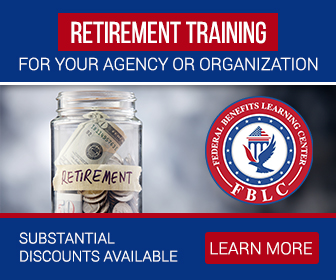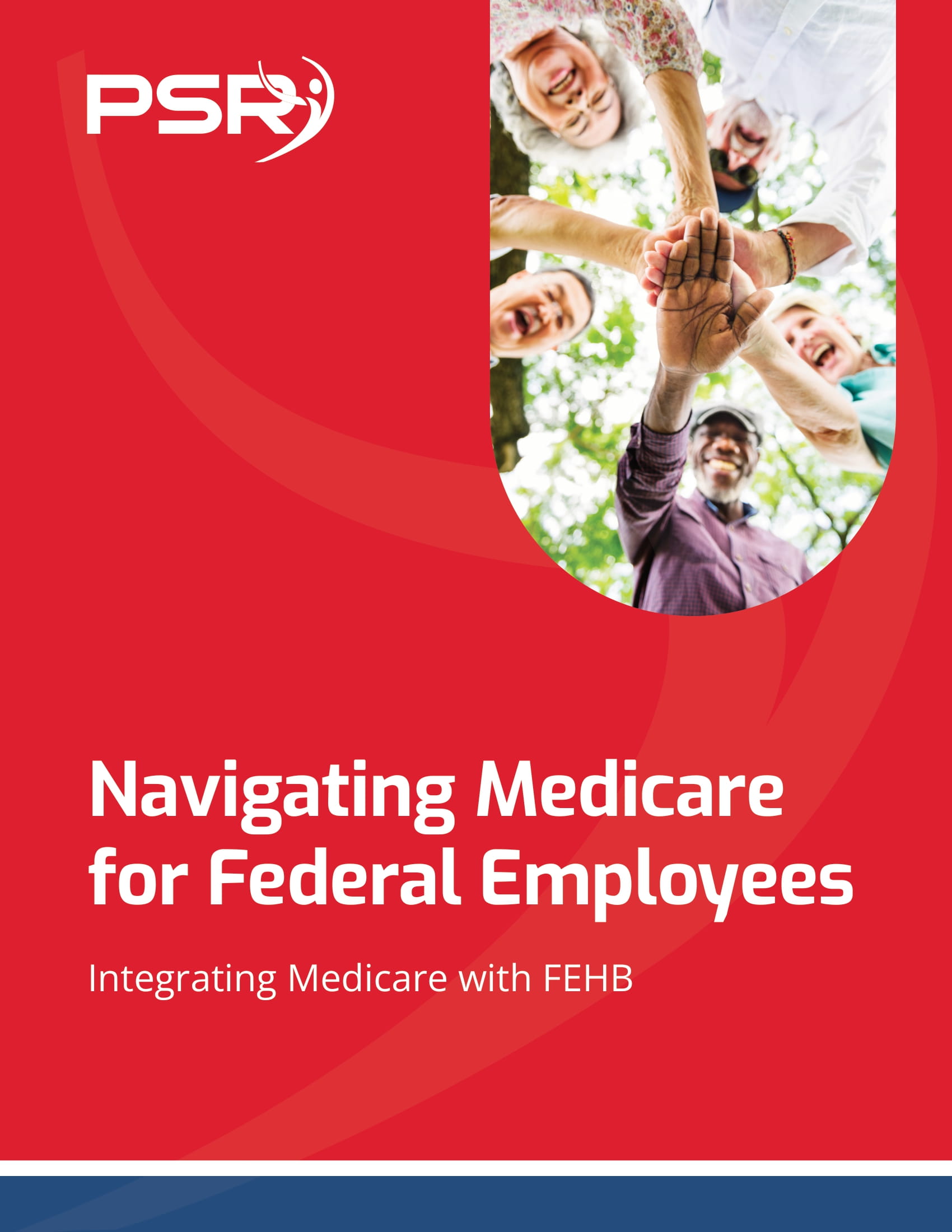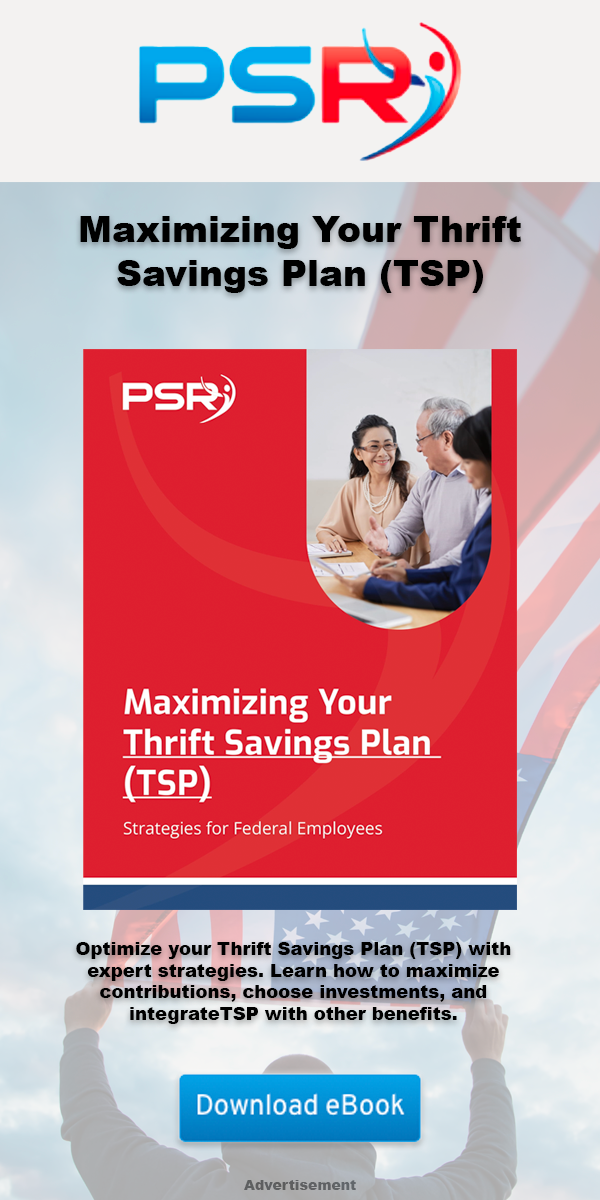Key Takeaways
-
Aligning your FERS pension, TSP withdrawals, and Social Security benefits is critical for ensuring long-term income stability in retirement. Missteps in timing can result in reduced monthly payments or tax inefficiencies.
-
Understanding when each benefit begins, how they interact, and the financial trade-offs of early or delayed claiming gives you the power to construct a more resilient retirement income strategy.
Understanding the Three Pillars of Your Retirement Income
As a government employee under the Federal Employees Retirement System (FERS), you have access to a robust three-part retirement package: the FERS annuity, the Thrift Savings Plan (TSP), and Social Security. Each piece functions differently and has its own eligibility rules, payment schedules, and tax implications.
- Also Read: Divorce and Your Federal Pension—What Happens When You Split Assets and How It Could Affect Your TSP
- Also Read: What Happens to Your Federal Benefits After Divorce? Here’s the Lowdown
- Also Read: The Best FEHB Plans for 2025: Which One Fits Your Lifestyle and Budget the Best?
FERS Annuity: The Foundation Layer
The FERS basic annuity is typically the most stable and predictable income stream you’ll receive. It’s calculated based on your high-3 average salary and years of service. Most employees become eligible for an immediate unreduced annuity at:
-
Age 62 with at least 5 years of service
-
Age 60 with at least 20 years of service
-
Your Minimum Retirement Age (MRA) with at least 30 years of service
In 2025, the MRA is between 56 and 57, depending on your year of birth.
While the annuity provides a steady foundation, retiring before meeting one of the above thresholds may mean using the MRA+10 provision. That option lets you retire early but comes with a permanent reduction of 5% per year for each year you are under age 62.
Timing Insight
Claiming the FERS annuity as soon as you become eligible often sounds ideal, but retiring too early may reduce your lifetime income. The longer you work, the larger your annuity becomes—and it is paid for life.
TSP: The Flexible, Tax-Deferred Engine
The Thrift Savings Plan gives you the most flexibility in terms of access and investment control. But with flexibility comes complexity. Your TSP can be tapped as early as age 55 if you retire in the year you turn 55 or later (or age 50 for special category employees like law enforcement).
However, withdrawals before age 59½ from traditional TSP may trigger a 10% IRS early withdrawal penalty unless you meet an exception.
In 2025, TSP contribution limits are:
-
$23,500 for standard elective deferrals
-
An additional $7,500 catch-up for those age 50+
-
Super catch-up of $11,250 for ages 60–63 (under SECURE Act 2.0)
TSP withdrawals are fully taxable if from traditional accounts. If you have Roth TSP, qualified withdrawals are tax-free.
Timing Insight
Tapping your TSP too early may subject you to penalties or drain your savings before Social Security kicks in. On the other hand, delaying too long could result in higher Required Minimum Distributions (RMDs) starting at age 73, potentially spiking your tax liability.
Social Security: The Inflation-Protected Variable
Social Security benefits are available as early as age 62, but the full retirement age (FRA) in 2025 is 67 for anyone born in 1960 or later. Delaying benefits beyond 67 earns you an 8% increase for every year you wait until age 70.
Here are the trade-offs:
-
Claim at 62: Receive 70% of your full benefit
-
Claim at 67: Receive 100% of your full benefit
-
Claim at 70: Receive 124% of your full benefit
Social Security also adjusts annually for inflation through the cost-of-living adjustment (COLA), which was 3.2% for 2024 and is 2.5% in 2025.
Timing Insight
The optimal time to claim depends on your life expectancy, other income sources, and whether you’re still working. Claiming early reduces your benefit permanently. If you’re earning more than $23,480 in 2025 before reaching FRA, part of your benefit may be withheld.
Coordinating All Three: A Layered Approach
These income sources don’t operate in isolation. They need to work together. Let’s explore how timing decisions for one can impact the others.
1. Early Retirement Before Age 60
If you retire between your MRA and age 60 with 10 to 29 years of service, you may:
-
Qualify for the MRA+10 provision, triggering a permanent annuity reduction
-
Be ineligible for the Special Retirement Supplement (SRS), which typically bridges the gap until Social Security begins
-
Need to tap your TSP early, possibly paying the 10% penalty
This approach requires careful budgeting, as your only income may be a reduced annuity and taxed TSP withdrawals.
2. Retiring Between 60 and 62
If you retire at 60 with 20+ years of service, you receive an unreduced annuity and the FERS Supplement until age 62. This supplement mimics Social Security and helps smooth income during the gap years.
TSP can be accessed without penalty if you separate in the year you turn 55 or later, giving you more withdrawal options.
This can be a financially balanced window to retire, assuming your healthcare and lifestyle costs are manageable.
3. Post-62 Retirement
By waiting until 62 or later, you may:
-
Qualify for full annuity and drop the 5% per year penalty
-
Begin reduced or full Social Security
-
Coordinate withdrawals from TSP to fill income gaps
You lose the FERS Supplement at 62, so you’ll need to replace that income if delaying Social Security. This makes TSP even more important.
Tax Strategy Considerations
Each of the three income sources is taxed differently:
-
FERS Annuity: Taxed as ordinary income
-
TSP: Traditional withdrawals are taxable; Roth withdrawals may be tax-free
-
Social Security: Up to 85% of benefits may be taxable depending on other income
This means poor timing can unintentionally push you into higher tax brackets or trigger unexpected Medicare premium surcharges.
Strategic Coordination Tactics
-
Withdraw from Roth TSP or taxable brokerage first to manage your tax bracket
-
Delay Social Security if possible to reduce taxable income
-
Use the early retirement window to do Roth conversions from TSP
Working with a licensed agent or tax advisor can help you implement these in a tax-efficient manner.
Required Minimum Distributions (RMDs)
Starting at age 73, you must begin RMDs from traditional TSP and IRAs. Failing to take RMDs triggers steep penalties.
This creates another reason to evaluate your TSP withdrawal strategy well in advance. Large balances left untouched can cause a spike in taxable income during your 70s and beyond, especially if layered with Social Security and a pension.
Planning ahead by gradually drawing down TSP before RMD age can help level out your taxable income over time.
Healthcare Timing and Its Role
If you retire before age 65, you won’t yet be eligible for Medicare. You’ll need to maintain FEHB coverage and pay the full cost if not receiving your annuity yet.
At age 65, you become Medicare-eligible. Many government retirees pair FEHB with Medicare Parts A and B for more complete coverage. Your income (including Social Security, TSP, and annuity) can impact your Medicare Part B premiums due to IRMAA (Income-Related Monthly Adjustment Amount).
Delaying Social Security can help reduce your IRMAA exposure.
Survivorship and Longevity Planning
FERS allows you to elect a survivor benefit for your spouse, which reduces your annuity slightly but ensures continued payments after your death.
Social Security also provides survivor benefits. Delaying your Social Security claim increases the amount your spouse may be eligible for if you pass first.
TSP balances can be left to heirs or converted to an annuity. How you structure withdrawals can impact how much is left for your beneficiaries.
Pulling the Pieces Together
By 2025, retirement planning for public sector employees requires more than passive accumulation. It requires sequencing—deciding when to trigger each benefit so they align smoothly and cover your needs without overlap, gaps, or tax inefficiencies.
Start by building a timeline of when you’re eligible for each component:
-
FERS Annuity: earliest MRA, unreduced at 60/20 or 62/5
-
TSP: penalty-free access at 55 or 59½
-
Social Security: 62 to 70, with FRA at 67
-
Medicare: 65
-
RMDs: 73
Then model how each of these layers would interact over time. Consider:
-
Monthly income needs
-
Inflation protection
-
Tax impact
-
Health care coverage
-
Longevity planning
Even small shifts in timing—such as delaying Social Security by 12 months or drawing TSP earlier to preserve tax brackets—can yield meaningful improvements to your retirement security.
Optimizing the Timing Could Be the Most Critical Decision You Make
If you’re approaching retirement, don’t just assume the default options are your best ones. A poorly timed Social Security claim, premature TSP withdrawal, or early annuity decision could significantly reduce your long-term income or spike your taxes.
Instead, take the time to align these income sources deliberately.
Get in touch with a licensed agent listed on this website for professional guidance that’s specific to your age, career path, and goals.













